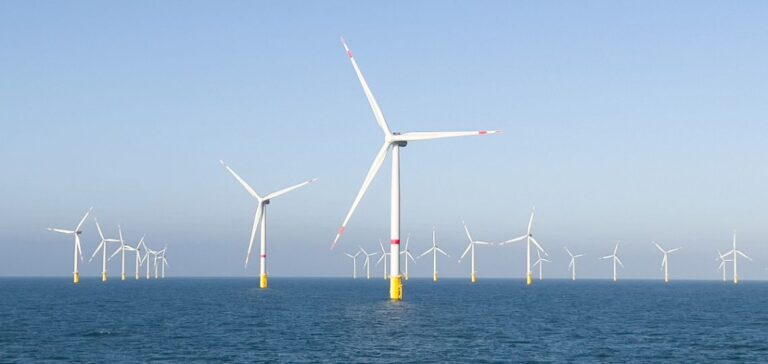RWE, the largest electricity producer in the UK and a global leader in renewable energy, has announced the signing of a ten-year power purchase agreement (PPA) with Telehouse International Corporation of Europe. This agreement covers the provision of a significant portion of the energy used by Telehouse’s campus in the Docklands area of London. The contract will take effect this year and run until the end of 2035.
Renewable energy supply
The electricity supplied to Telehouse will come exclusively from the London Array offshore wind farm, located in the outer Thames Estuary. This wind farm, managed by RWE, has an installed capacity of 630 megawatts and consists of 175 turbines. London Array is one of the largest offshore wind farms in the world and is currently operated by a consortium including RWE, the Caisse de dépôt et placement du Québec (CDPQ), Greencoat UK Wind PLC, and Masdar Energy UK Limited.
Sustainability goals and supply stability
Olaf Lubenow, Head of Commodity Solutions for the UK, North & South Europe at RWE Supply & Trading, emphasized that this agreement ensures Telehouse a reliable and secure access to clean energy, while enhancing the sustainability of the company’s telecommunications infrastructure. He added that the partnership also aims to support the decarbonization efforts within the data center sector.
A model for the data center industry
Mushtaq Choudhary, Head of Procurement at Telehouse Europe, clarified that this agreement will allow the company to continue its initiatives to improve energy efficiency and reduce its carbon footprint. The energy consumption for its operations, powered by renewable sources, becomes a strategic asset for a company of this scale. This initiative is part of Telehouse’s efforts to meet the growing sustainability demands of its customers.
The strategic role of the London Array wind farm
London Array, which began producing electricity in 2013, generates enough energy to supply approximately half a million UK households. It plays a central role in the UK’s energy transition by significantly contributing to the production of decarbonized energy, and this partnership between RWE and Telehouse is a concrete example of that. The offshore wind farm is indeed a key component of RWE’s strategy to meet growing electricity demands while reducing carbon emissions.
Impact on the data center sector
Data centers, known for their high energy consumption, are a key sector where the integration of renewable energy is becoming essential. The partnership between RWE and Telehouse could serve as a model for other critical infrastructure players who are seeking to secure their energy supply while contributing to reducing their carbon footprint. Data shows that the commitment to renewable energy is now a critical element of the long-term strategy of major companies in the sector.
A new step in the UK’s energy transition
This agreement also highlights the growing importance of offshore wind farms in the UK’s energy mix. As the demand for renewable energy increases, diversifying energy supply sources and securing long-term contracts are becoming priorities for companies focused on their competitiveness and environmental impact. This partnership could thus encourage other players to follow a similar path, while reinforcing the UK’s role in the global energy transition.





















